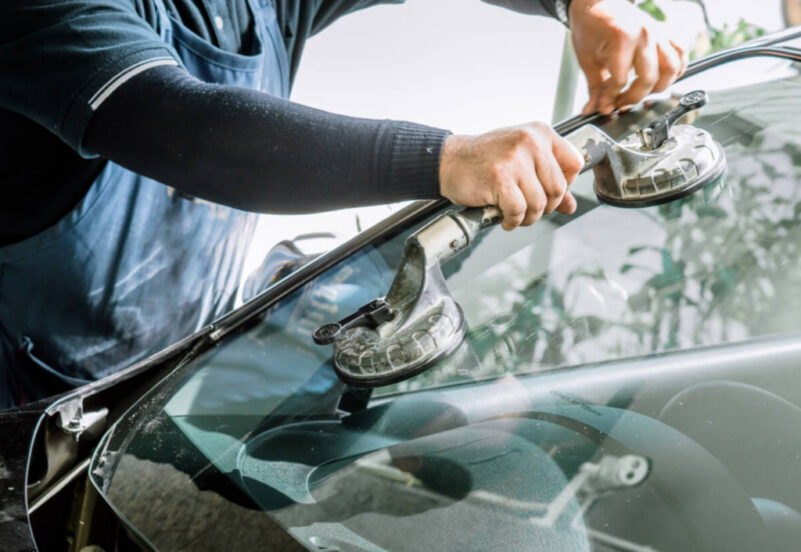
When people think about vehicle safety, they often imagine seatbelts and airbags. Yet, one of the most vital safety features is often overlooked: the auto glass. Windshields and windows are not just barriers against wind, rain, and debris—they contribute to a vehicle’s structural strength and play an integral role in advanced safety systems. With rising awareness around vehicle safety, services like auto glass repair, replacement, and ADAS recalibration are becoming increasingly important. For those interested in learning more, resources such as https://envisionautoglass.com/oakland/ provide helpful insights into these processes.
The Importance of Auto Glass Repair and Replacement
A seemingly inconsequential fissure on the windshield may appear benign, yet even the slightest impairment can jeopardize structural integrity and compromise overall safety. Windshields are made from laminated glass, which helps prevent shattering on impact. When left unrepaired, small chips can spread into large cracks due to vibrations, weather fluctuations, or pressure from driving.
Timely repair helps restore the structural integrity of the glass and prevents further damage. Repair involves injecting a special resin into the crack, which is then cured and polished to restore clarity. Nevertheless, when the deterioration is substantial—such as fractures extending several inches or encroaching upon the driver’s direct field of vision—a complete replacement becomes imperative.
During replacement, technicians remove the damaged windshield and install a new one using strong adhesives designed to hold the glass in place even during collisions. Proper installation is crucial, as the windshield supports the roof structure and ensures airbags deploy correctly.
ADAS and Its Dependence on Windshields
Contemporary automobiles are steadily being fitted with Advanced Driver Assistance Systems (ADAS). These systems include lane departure warnings, automatic emergency braking, adaptive cruise control, and forward-collision alerts. The preponderance of these advanced functionalities is contingent upon sensors and cameras that are generally affixed to, or strategically positioned in proximity to, the windshield.

Following its replacement, even a minute misalignment can distort the calibration of these systems and alter their interpretation of surrounding road conditions. For example, a miscalibrated forward-facing camera may delay an emergency braking response, putting passengers at risk.
This is where ADAS recalibration comes in. After windshield replacement, recalibration ensures that sensors and cameras are realigned according to the manufacturer’s specifications. Without this step, the vehicle’s safety technology may not function as intended.
Types of ADAS Recalibration
ADAS recalibration can be performed in two ways:
- Static Recalibration – This procedure is conducted within a controlled workshop setting, employing advanced instrumentation and calibration targets. This exactness assures that sensors and cameras are set at precise angles and finely tuned distances.
- Dynamic Recalibration – This involves driving the vehicle at specific speeds on marked roads while calibration tools adjust the sensors in real time. It requires optimal weather and traffic conditions for accuracy.
In many cases, manufacturers recommend both static and dynamic recalibration to guarantee the safety systems are fully functional.
The Growing Importance of Professional Expertise
With vehicles becoming more technologically advanced, the role of auto glass companies has expanded beyond simple glass replacement. Modern technicians are increasingly required to possess proficiency in vehicle electronics, intricate calibration methodologies, and the nuanced specifications prescribed by individual manufacturers. This ensures that both the structural safety of the glass and the functionality of ADAS systems are preserved.
Consumers are also becoming more aware of the risks associated with improper installation or skipped recalibration. As a result, choosing qualified professionals for auto glass services is no longer just a matter of convenience—it is essential for safety.
Conclusion
Auto glass repair and replacement are no longer limited to fixing cracks or replacing broken windows. With the rise of ADAS-equipped vehicles, recalibration has become a crucial part of maintaining road safety. Ensuring that windshields are correctly installed and sensors are properly calibrated means that advanced safety features can continue to function as intended. For further reading on these processes, resources like https://envisionautoglass.com/oakland/ offer valuable insights into the evolving field of auto glass services.






